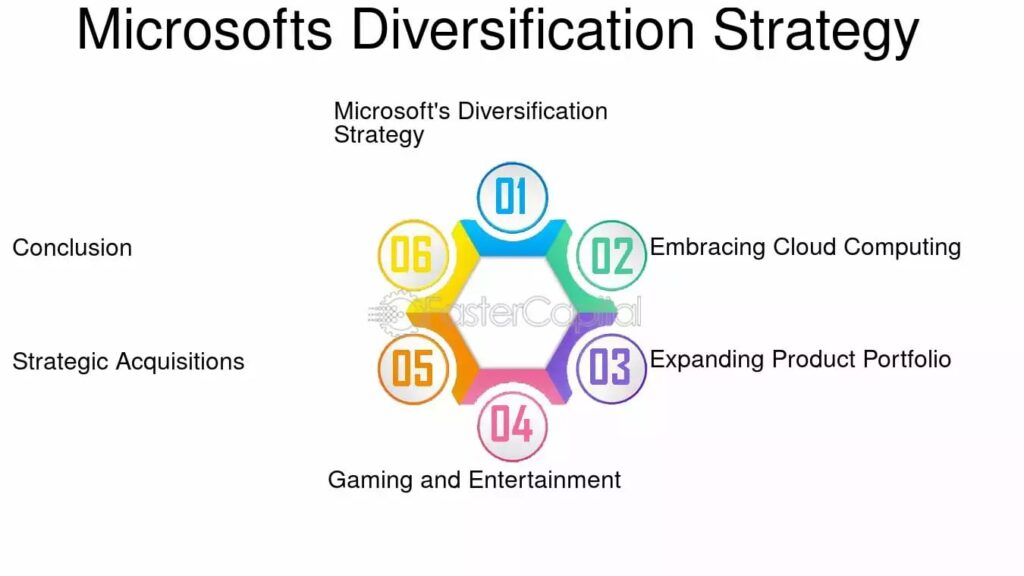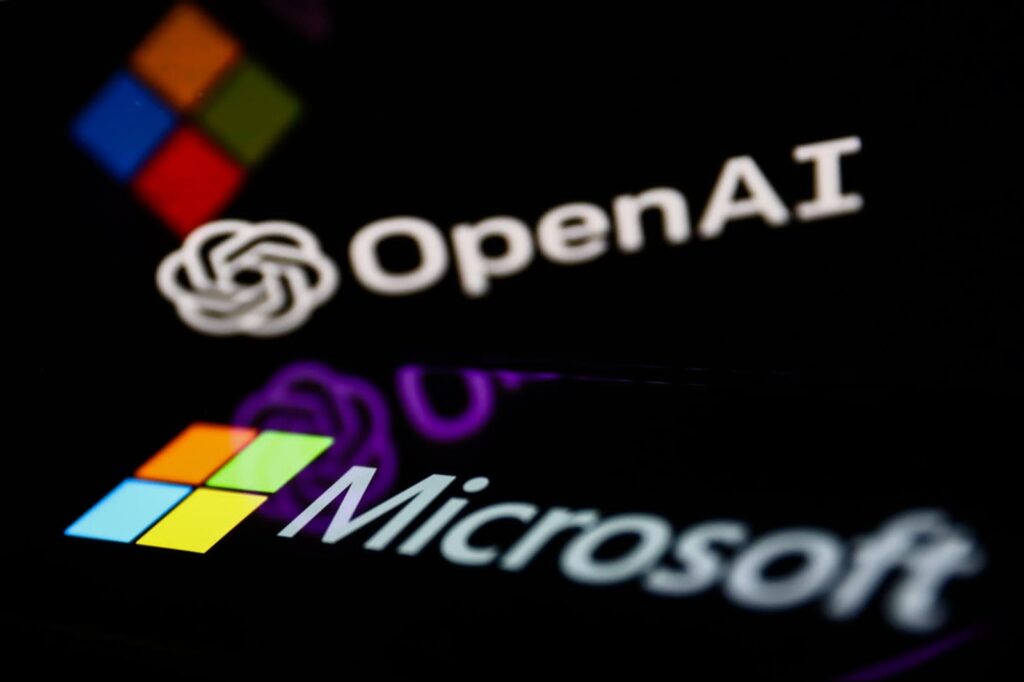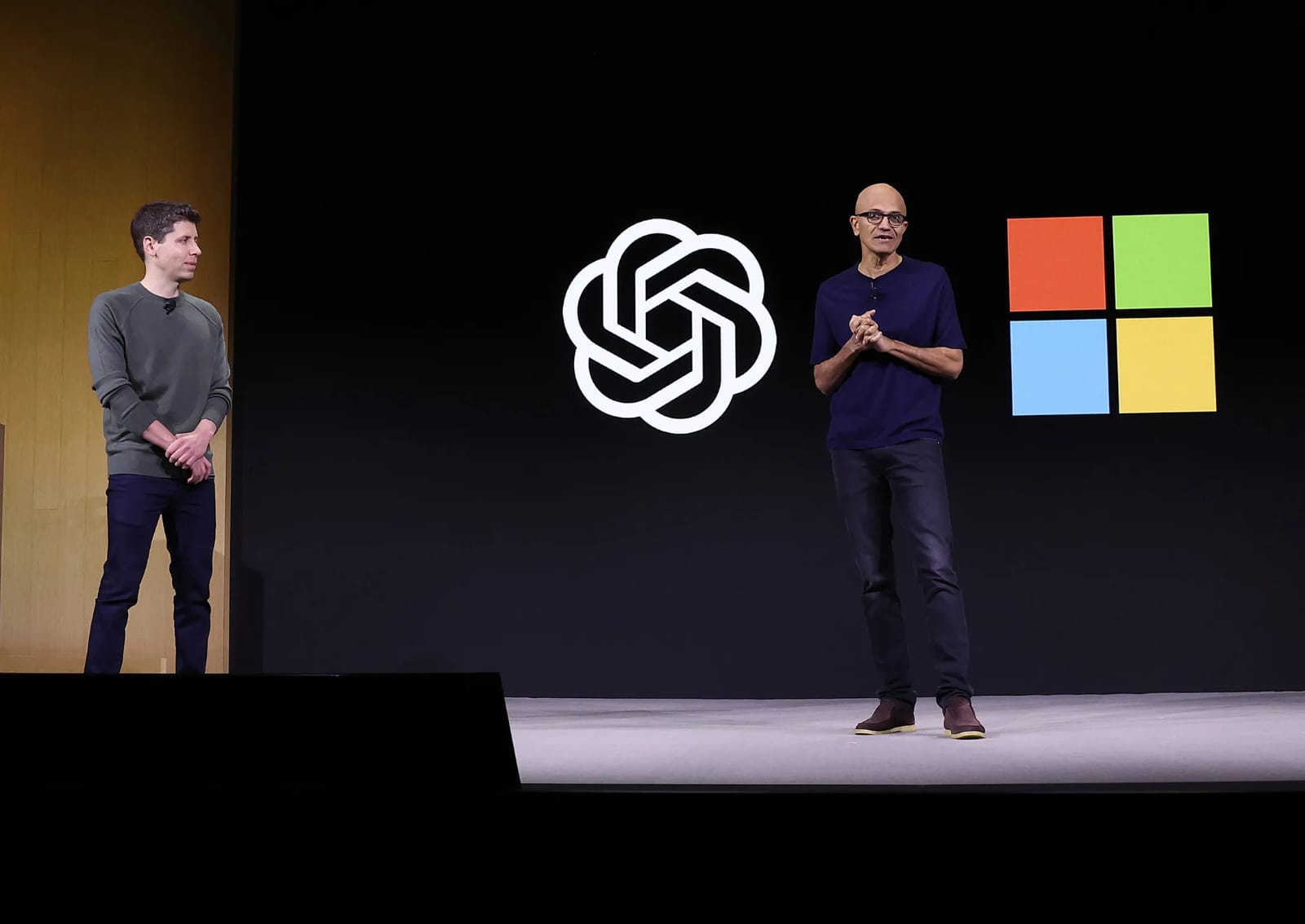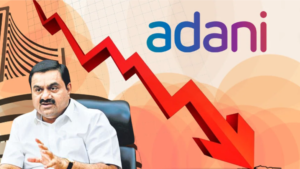Microsoft recently disclosed in its Q1 2025 earnings call that it expects a $1.5 billion loss resulting from its substantial investment in OpenAI, one of the leading companies in AI technology today. This projected financial hit, reported under “other income and expense,” emphasizes the immense costs associated with maintaining a leading position in artificial intelligence (AI). Although OpenAI has experienced significant growth in demand, it continues to grapple with high operational costs, making profitability a distant goal.
Table of Contents
Understanding Microsoft’s Projected Loss from OpenAI
During the earnings call, Microsoft CFO Amy Hood explained that the $1.5 billion expected loss stems from the equity method of accounting for OpenAI’s performance. Under this method, Microsoft records a proportional share of OpenAI’s profits or losses, and with OpenAI projecting a significant loss this year, Microsoft’s exposure to these losses increases.

Hood clarified, “We do not recognize mark-to-market gains or losses on equity method investments,” underscoring that this figure reflects Microsoft’s long-term stake in OpenAI’s ambitions. While Microsoft has benefited from integrating OpenAI’s models into products like Microsoft 365 Copilot and GitHub Copilot, the financial impact remains substantial as OpenAI faces challenges in achieving profitability.
Read this also: Zomato’s Food Safety in Question: Future-Dated Mushrooms Spark CEO Clarification
OpenAI’s Financial Outlook: Ambitious Yet Expensive
OpenAI, a leader in generative AI, has seen exponential growth in demand, with projected revenue of $3.7 billion for 2024. However, this revenue is not enough to cover its operational expenses, leading to an expected $5 billion loss. OpenAI attributes these costs to hardware, cloud services, and the intense computational resources required to develop and operate its AI models. Current forecasts suggest OpenAI may not achieve profitability until 2029, by which time it aims to reach $100 billion in annual revenue. Notably, OpenAI’s losses could rise to as much as $14 billion by 2026.

The rising costs stem from OpenAI’s need to continuously scale computing power, with model training expenses alone projected to reach $9.5 billion annually by 2026. This financial strain highlights the enormous resources required to maintain leadership in generative AI and the ongoing commitment necessary for this rapidly evolving technology.
Read this also: Amit Shah Unveils CRS App: Revolutionizing Birth and Death Registration in India
Microsoft and OpenAI’s Strategic Alliance
Microsoft first partnered with OpenAI in 2019, investing $1 billion to support the AI company’s ambitious goals. Since then, Microsoft has committed over $14 billion to OpenAI, intending to use its models to enhance Microsoft’s product lineup. The partnership has been mutually beneficial, with OpenAI gaining access to Microsoft’s resources and infrastructure and Microsoft integrating OpenAI’s models into its services, creating unique intellectual property (IP) and generating revenue.

CEO Satya Nadella emphasized the partnership’s value, stating, “We effectively sponsored what is one of the highest-valued private companies today when we invested in them… [It] continues to deliver results for Microsoft.” Nadella highlighted that Microsoft’s recent support for OpenAI’s new model family, o1, further reinforces its commitment to developing industry-specific AI solutions through Azure AI.
Read this also: Modi’s 10th Diwali with Troops: PM Stands Strong with BSF, Vows to Crush Forces Threatening India’s Unity
Diversification and Adaptability: Microsoft’s AI Strategy
While Microsoft relies significantly on OpenAI, the company has strategically broadened its AI ecosystem by incorporating models from other firms. Recently, Microsoft’s GitHub subsidiary announced that developers can now select models from Google or Anthropic, an OpenAI competitor, for GitHub Copilot Chat. This diversification allows Microsoft to remain flexible and competitive in a rapidly evolving field, especially as tech giants like Amazon and Google increase their own investments in AI technology.

Microsoft’s strategy also includes significant upgrades to its AI infrastructure, with innovations like the Maia 100 accelerator and NVIDIA’s Blackwell-powered systems, making it the first cloud provider to support these advanced setups. By investing in these infrastructure improvements, Microsoft aims to deliver high-performance AI solutions that meet the growing demands of industries such as healthcare, where it recently introduced multimodal AI models for medical imaging.
Read this also: 7 Best Places for Winter Trekking in India – Adventure Awaits You!
Industry-Wide AI Investment Surge
Microsoft is not alone in its pursuit of AI dominance. The competitive landscape has intensified, with Amazon recently investing $4 billion in Anthropic and Google increasing its investments in AI startups. This heightened competition underscores the potential of generative AI to revolutionize industries, but it also reveals the substantial capital and long-term commitment required to lead in this field.

OpenAI’s recent $6.6 billion funding round, valuing it at $157 billion, further highlights this trend, with investors like Thrive Capital, NVIDIA, and SoftBank joining Microsoft in supporting the AI leader. Despite OpenAI’s projected losses, these investments reflect a collective vision that AI will drive significant economic and technological advancements in the future.
Read this also: Tom Holland’s Heroic Moment: Saving Girlfriend Zendaya from Paparazzi
Balancing Long-Term Potential with Immediate Financial Pressure
Microsoft’s $1.5 billion anticipated loss reflects the financial strain of investing heavily in OpenAI. This amount adds to the $2.3 billion the company spent over the last four quarters. Despite these immediate costs, Nadella reassures investors that the OpenAI partnership has been beneficial, creating new IP and driving revenue in AI-powered product segments.

While Microsoft’s stock experienced a dip following its forecast for slower growth due to AI-related expenses, the company remains committed to long-term returns. This patient investment approach reflects Microsoft’s belief that AI will drive future revenue growth and strengthen its leadership position in the AI industry.
Read this also: RBI’s Secret Mission: India Repatriates 102 Tonnes of Gold from the UK on Dhanteras
Conclusion: A Calculated Bet on AI’s Future
Microsoft’s investment in OpenAI represents a strategic gamble, prioritizing positioning in an AI-driven market over short-term profitability. As OpenAI grapples with high operating costs and Microsoft absorbs some of these financial losses, both companies are focused on long-term gains. By integrating OpenAI’s models, expanding its AI infrastructure, and diversifying partnerships, Microsoft positions itself to harness the transformative potential of AI. While the financial rewards of this investment are still in the future, Microsoft’s approach signals a firm commitment to leading in the ever-expanding field of AI.









[…] Read this also: Microsoft Projects $1.5 Billion Loss from OpenAI Partnership, Betting on Long-Term AI Growth […]
[…] Read this also: Microsoft Projects $1.5 Billion Loss from OpenAI Partnership, Betting on Long-Term AI Growth […]